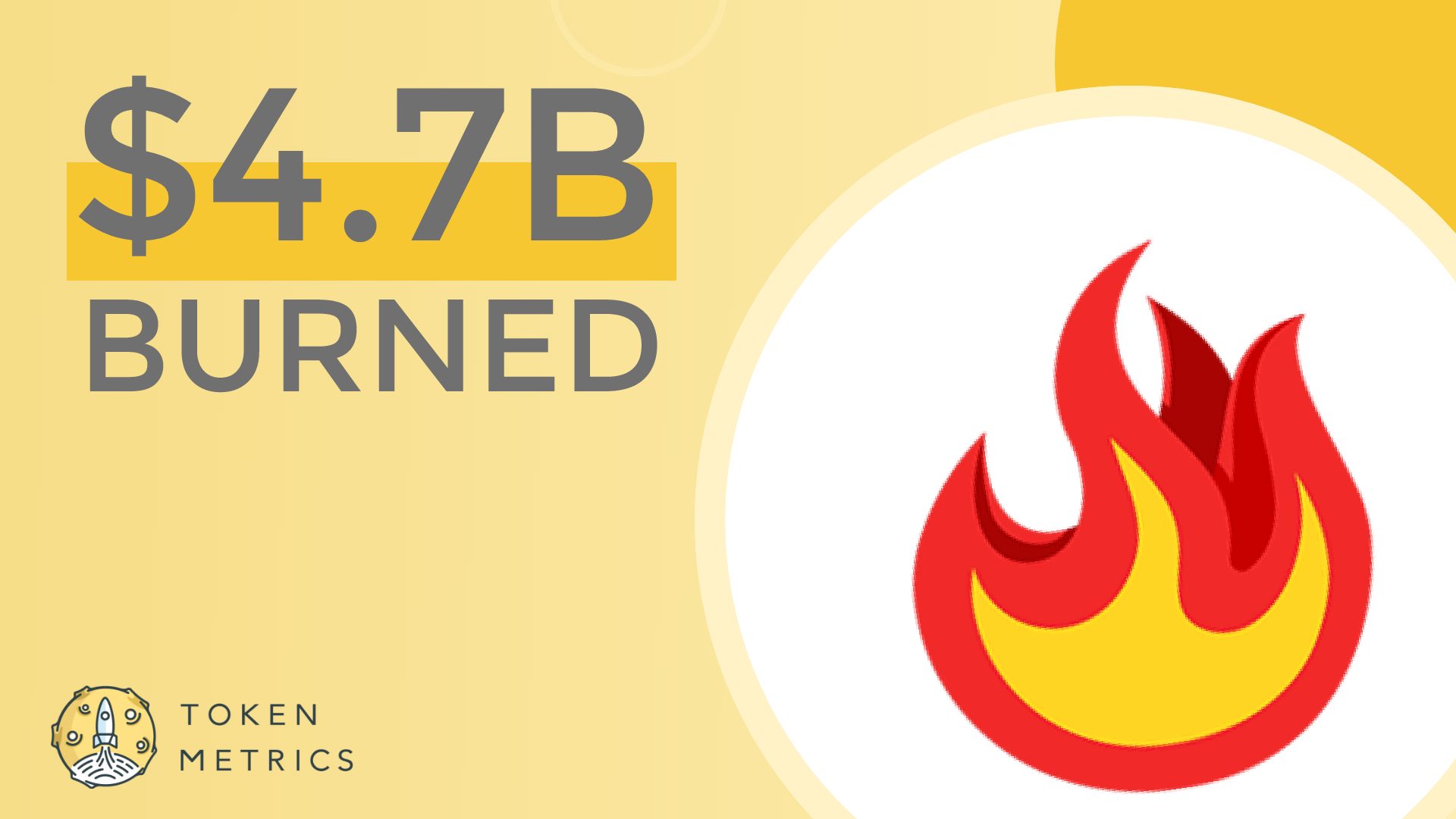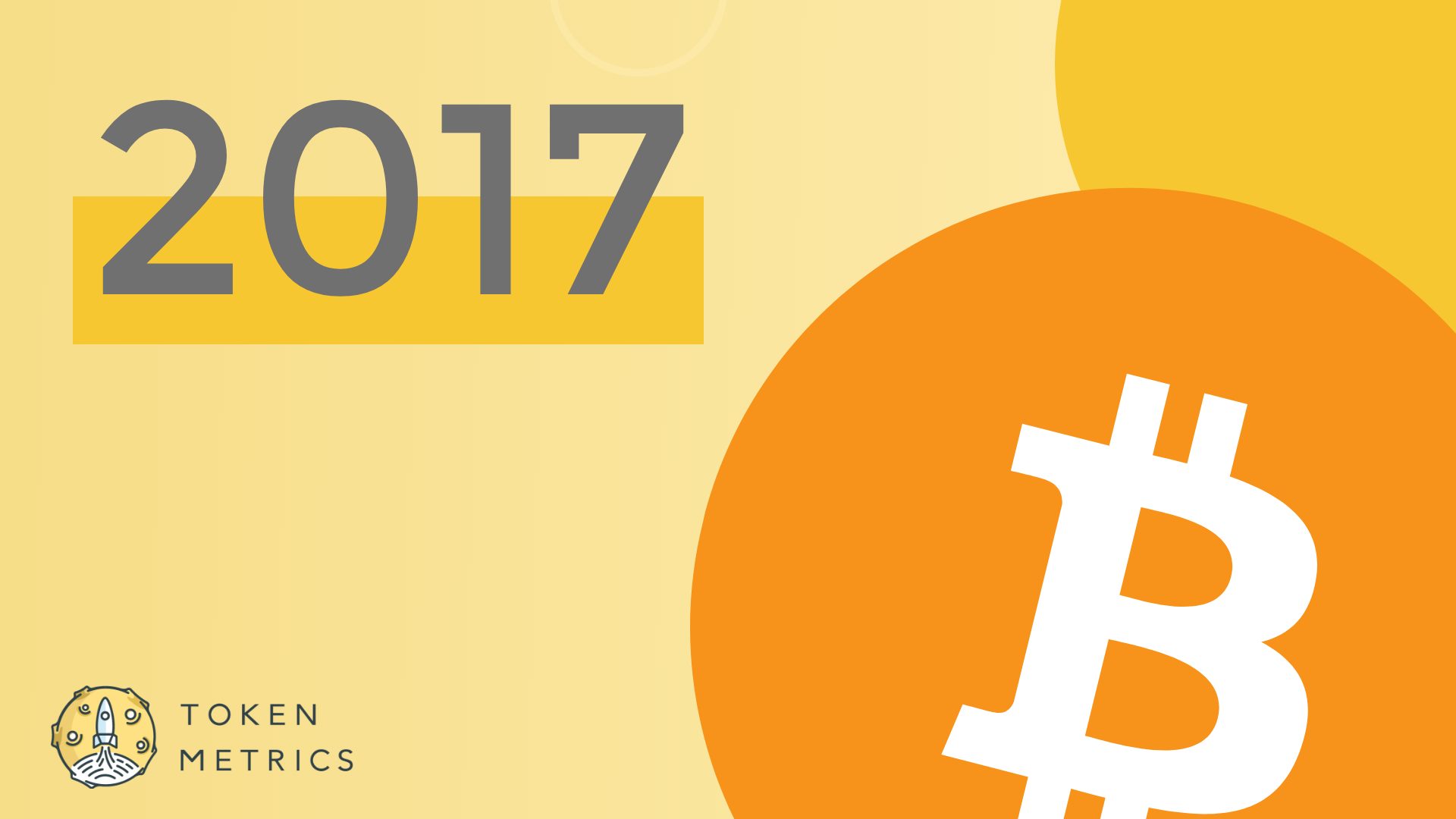Since the implementation of the London hard fork, EIP-1559 in August, the Ethereum network has burned over 1 million Ether ($ETH), or at current prices equivalent to around $4.7 billion.
The burning of $ETH means that the token has been intentionally removed from circulation by being sent to an unusable address or a burn/eater address, where it cannot be accessed by anyone and is essentially “burned” forever. As part of the EIP-1559 protocol, the Ethereum fee market was modified to limit gas fees and introduced the burn fee which takes a portion of transactions fees on the blockchain out of circulation.
Now, what projects are burning Ethereum? If you look at the handy graphic from CryptoRank, we can see the top 10 Ethereum burners.
This token burn is actually a good thing for the ecosystem because it is artificially depressing the supply of Ethereum. Basic economics tells us that with the same demand for Ethereum and less supply, the price of $ETH should go up. But, the real question is whether Ethereum is deflationary yet, or in other words, more $ETH being burnt than created, which will really drive the price of $ETH?
At current rates, around 4 million $ETH is burned every year. However, the blockchain currently emits about 5.4 million $ETH per year. Therefore, the Ethereum network is still inflationary on a net basis.
However, fear not because once the Ethereum 2.0 upgrade goes live, Ethereum will officially be a deflationary asset. This is because the upgrade includes a network transition from a proof-of-work consensus to a proof-of-stake consensus, where the staking rewards will be far lower than mining rewards. As a result, the blockchain’s emission rate will be below its burn rate, thereby creating a deflationary ecosystem.





